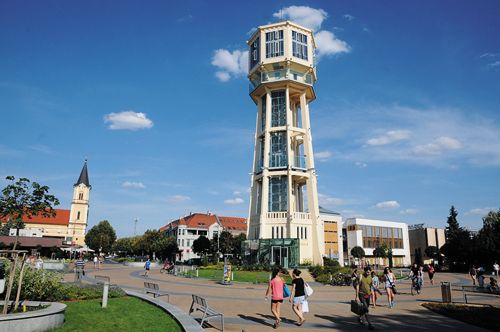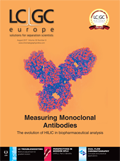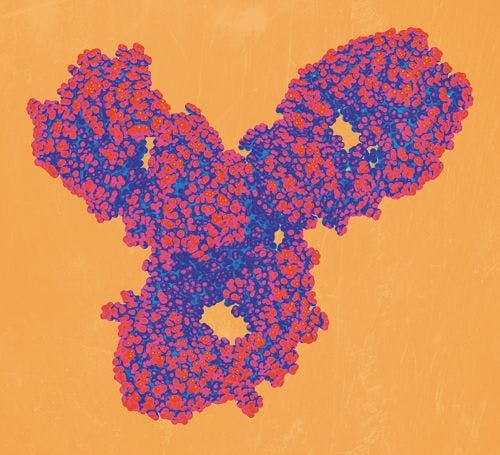Balaton Symposium on High-Performance Separation Methods
The 11th Balaton Symposium on High Performance Separation Methods will be held on 6–8 September 2017 at the Hotel AzЬr in SiЧfok, Hungary.
Photo Credit: Courtesy of the Author

The 11th Balaton Symposium on High Performance Separation Methods will be held on 6–8 September 2017 at the Hotel AzЬr in SiЧfok, Hungary. The biannual symposium has grown to be one of the most important events of the separation science field in central Europe, bringing together separation scientists and friends from all over the world. The symposium is designed to discuss the latest issues, current requirements, and technological challenges faced in the present and the future.
The symposium’s scientific programme includes plenary lectures, keynote lectures, contributed lectures, and posters. A special emphasis will be placed on new developments in pharmaceutical, environmental, biomedical, forensic, life, food, refinery sciences, and industrial separation methods. Research trends on various stationary phases and column technology, advances in separation techniques, and fundamentals of separation science and applications will also be covered.
For the first time at the symposium, the Ervin sz. Kováts Award for Young Scientists will be presented. The 2017 award honours PhD dissertations accomplished by young researchers, defended or published between January 2015 and December 2016. The award is endowed with an amount of 4000 CHF in addition to a diploma and an invitation to the symposium. The series’ established honours, the Halász Medal Award and the Csaba Horváth Memorial Award, will also be presented.
An exhibition of instrumentation, columns, accessories, chemicals, and literature on various separation techniques is also planned, and several social events will complete the symposium schedule. The venue of the symposium, exhibition, and social programmes, Hotel Azúr, is situated on the lakeside. The high tourist season extends from June until the end of August and the average water temperature during the summer is 25 °C, which makes bathing and swimming very enjoyable.
Telephone: +36 1 2250210 Fax: +36 1 2012680
E-mail: diamond@diamond-congress.huWebsite:www.balaton.mett.hu

Investigating the Protective Effects of Frankincense Oil on Wound Healing with GC–MS
April 2nd 2025Frankincense essential oil is known for its anti-inflammatory, antioxidant, and therapeutic properties. A recent study investigated the protective effects of the oil in an excision wound model in rats, focusing on oxidative stress reduction, inflammatory cytokine modulation, and caspase-3 regulation; chemical composition of the oil was analyzed using gas chromatography–mass spectrometry (GC–MS).
Evaluating Natural Preservatives for Meat Products with Gas and Liquid Chromatography
April 1st 2025A study in Food Science & Nutrition evaluated the antioxidant and preservative effects of Epilobium angustifolium extract on beef burgers, finding that the extract influenced physicochemical properties, color stability, and lipid oxidation, with higher concentrations showing a prooxidant effect.
Rethinking Chromatography Workflows with AI and Machine Learning
April 1st 2025Interest in applying artificial intelligence (AI) and machine learning (ML) to chromatography is greater than ever. In this article, we discuss data-related barriers to accomplishing this goal and how rethinking chromatography data systems can overcome them.









